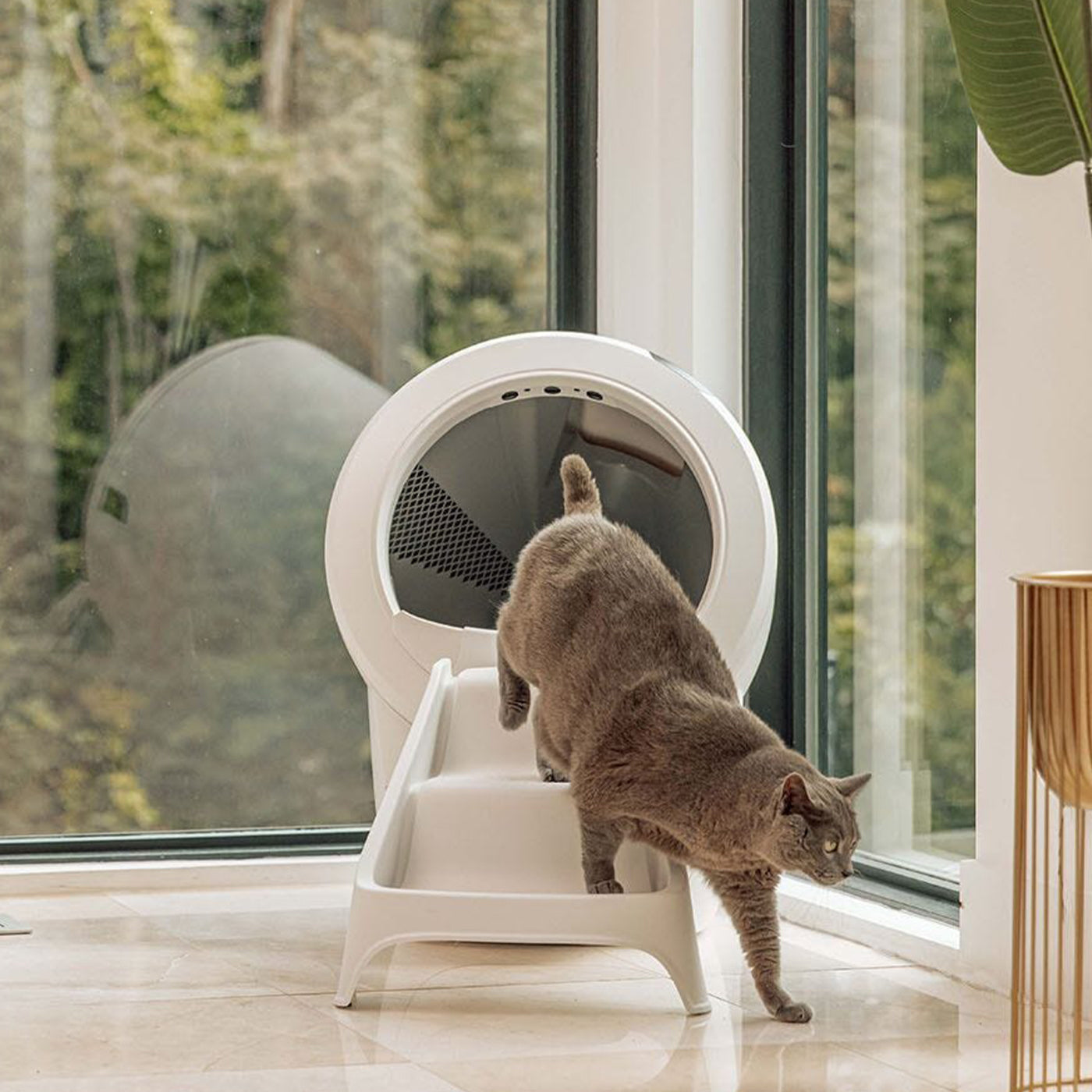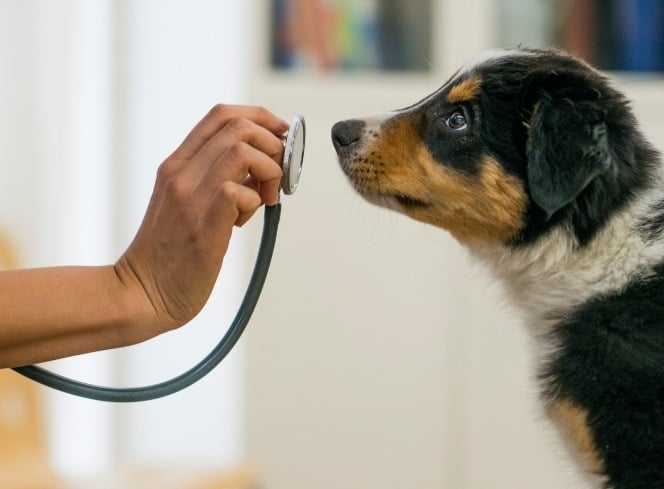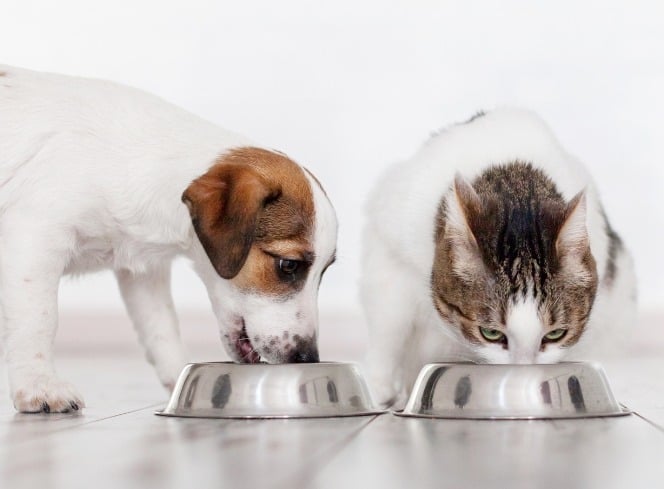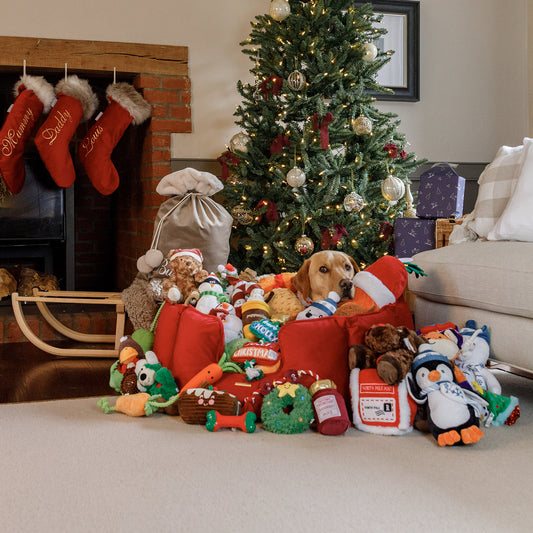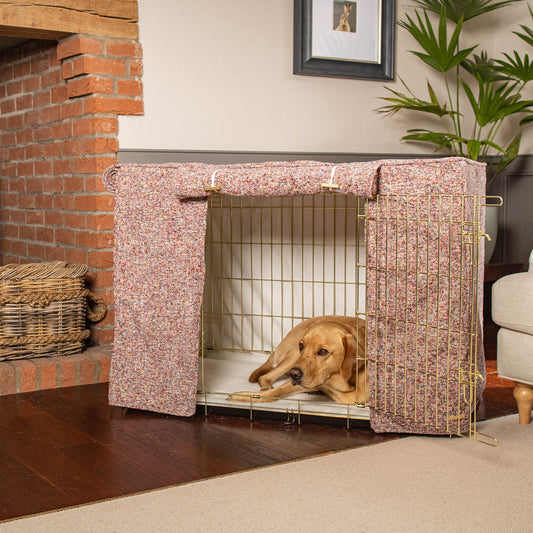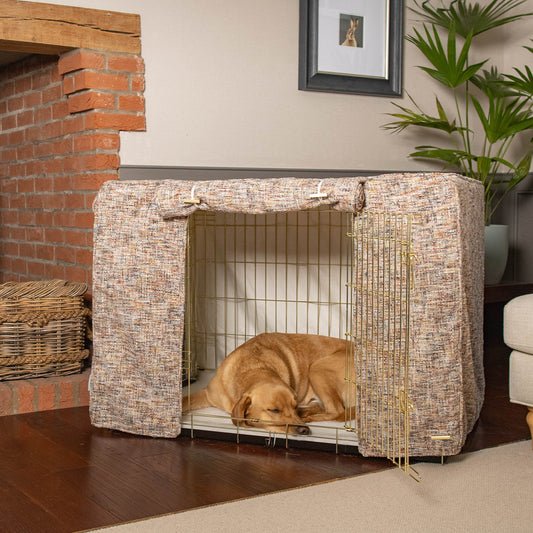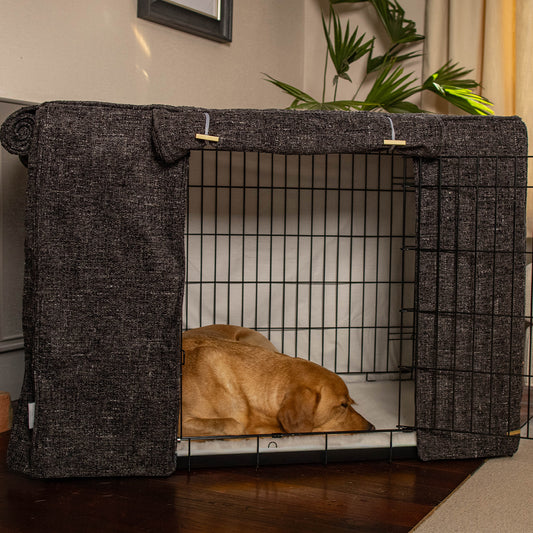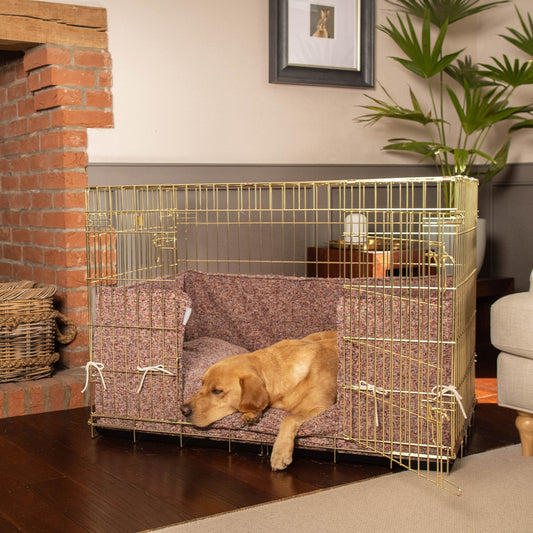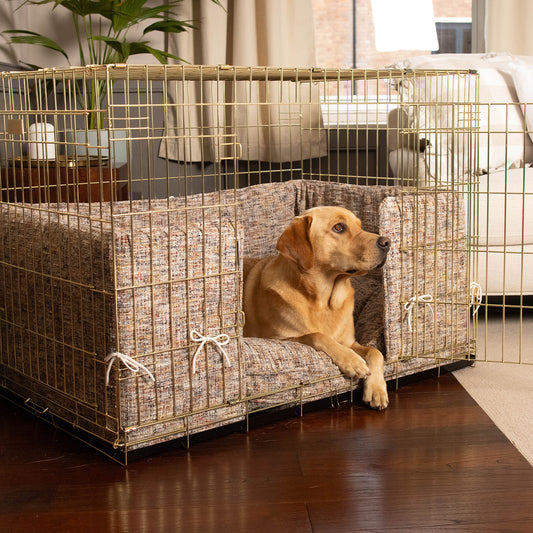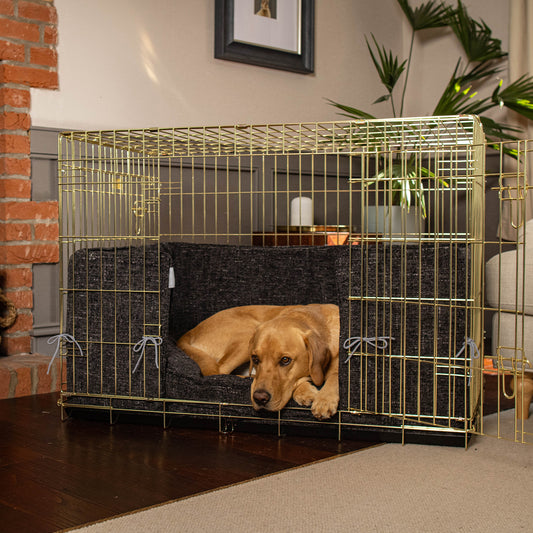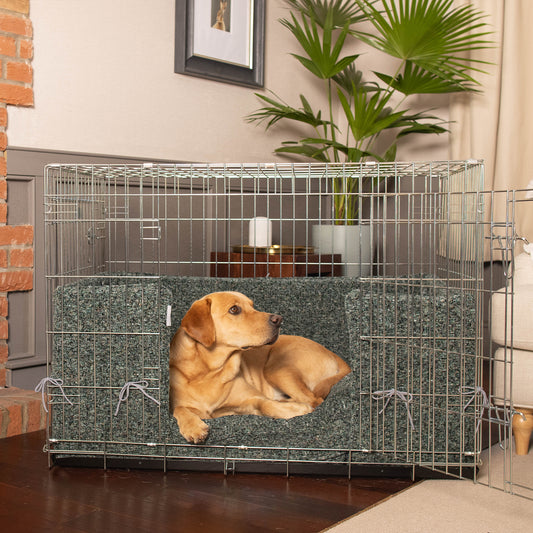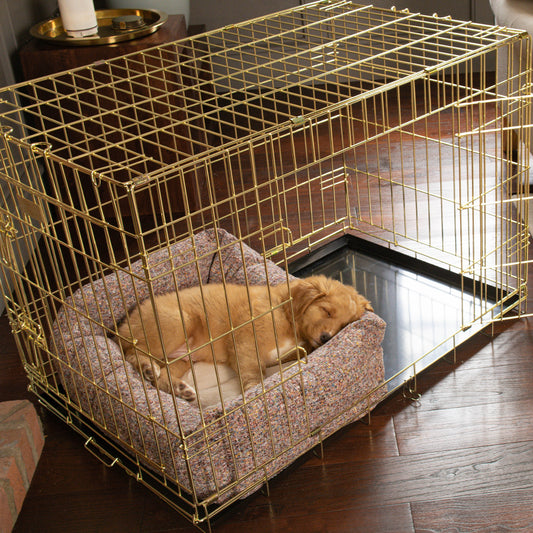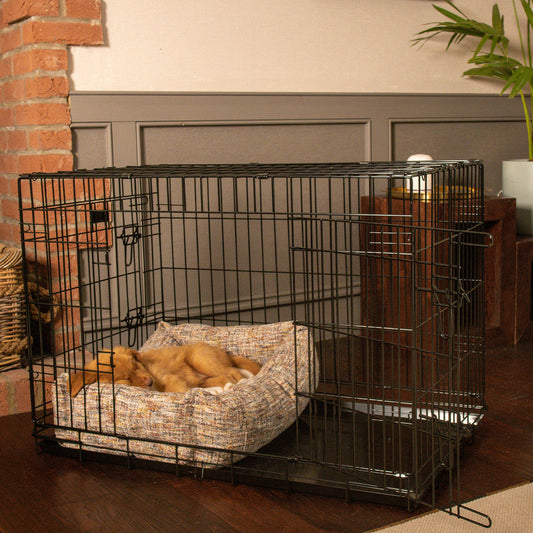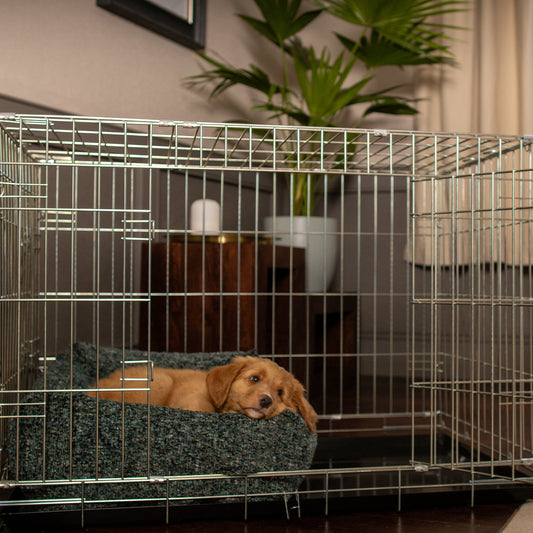In the hustle and bustle of our daily lives, it's easy to overlook the incredible impact that our furry companions can have on our mental and emotional well-being. Cats and dogs, often regarded as our faithful friends, provide not only companionship but also a plethora of psychological benefits. With World Mental Health Day coming up we thought we’d explore the remarkable psychological benefits of having cats and dogs, shedding light on why these four-legged friends are often referred to as "man's best friend" and "purr-fect" companions.
Psychological Benefits of Having Cats
Cats are renowned for their independent nature, but beneath that cool exterior lies a wealth of psychological advantages for their owners. Let's delve into some of the psychological benefits of having cats.
- Stress Reduction: Spending time with a cat can lower stress levels. The soothing sound of a cat's purring has been shown to reduce stress and anxiety.
- Improved Mood: Cat owners often report an improvement in their mood and a reduction in feelings of loneliness and depression. The simple act of petting a cat can release feel-good chemicals in the brain.
- Companionship: Cats offer a sense of companionship, especially for individuals living alone. Their presence can combat feelings of isolation.
- Lower Blood Pressure: Interacting with cats has been linked to lower blood pressure, which can contribute to overall cardiovascular health.
Psychological Benefits of Having a Dog
Dogs, on the other hand, are renowned for their loyalty, boundless energy, and affection. Here are some of the psychological benefits of having a dog:
- Stress Reduction: The presence of a dog can significantly reduce stress levels. Petting, cuddling, or even just looking into your dog's eyes can trigger the release of oxytocin, the "love hormone."
- Mental Health Benefits of Walking Your Dog: Regular walks with your dog provide an excellent opportunity for exercise and fresh air, which are crucial for mental well-being. The routine of daily walks can also help establish a sense of structure in your life.
- Emotional Benefits: Dogs are highly attuned to their owners' emotions. They can offer comfort and support during difficult times, making them valuable emotional companions.
- Lowering Loneliness: Dogs are social animals, and their companionship can alleviate feelings of loneliness and isolation, especially for individuals living alone.
Best Dogs for Mental Health
While any dog can bring joy and companionship, certain breeds are renowned for their positive impact on mental health. Breeds like Golden Retrievers, Labrador Retrievers, and Beagles are often considered among the best dogs for mental health due to their friendly and loving nature.
Mental Health Benefits of Owning Both Cats and Dogs
The unique combination of cats' and dogs' qualities can provide a well-rounded approach to improving your mental health. Here are some mental health benefits of owning both cats and dogs:
- Diverse Companionship: Cats and dogs offer different types of companionship. While cats provide tranquility and independence, dogs offer energetic playfulness and loyalty. This diversity can cater to various emotional needs.
- Enhanced Social Interaction: Owning both cats and dogs can encourage social interaction. Taking your dog for walks or having friends over to meet your pets can foster connections with others.
- Responsibility and Routine: The responsibility of caring for pets, including feeding, grooming, and exercise, can create a structured routine that promotes mental well-being.
In conclusion, the psychological benefits of having cats and dogs are substantial. Whether you prefer the independent charm of a cat or the unwavering loyalty of a dog, these four-legged friends contribute to lower stress levels, improved mood, and enhanced mental well-being. The choice between cats and dogs may ultimately depend on your lifestyle and preferences, but the emotional and mental benefits of sharing your life with a furry companion are undeniable. So, if you haven't already, consider opening your heart and home to one of these wonderful creatures—they may just become your most trusted allies in the pursuit of better mental health.
























































